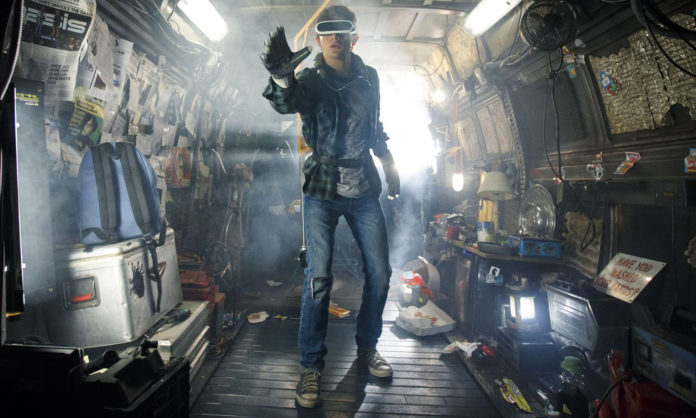In a guest post on Jane Friedman’s blog, Heather Davis suggests a series of questions you can ask to create a stronger character arc for your protagonist. “Beginning authors don’t often appreciate the critical importance of a fully formed character arc, nor do they understand the key steps to create a satisfying one,” Davis writes. “The good news? This problem is totally fixable.”
Here are her seven essential questions.
- What’s the Point you are trying to make with your novel? Understanding what you want to say in your novel will help you design a character arc reflecting that theme. It’s often hard to pick out the Point from a great book because great writers don’t make it too obvious. But most of the time, the Point is a universal truth.
- What are the biggest moments in your protagonist’s past that cause them to feel misaligned with the Point of your novel? Your protagonist should start the novel out of alignment with your Point. Otherwise, they aren’t required to make any changes to prove it. To make that believable, you need to create a realistic backstory to support your hero’s bad habit.
- What problems are being created by your protagonist’s past and their resulting misalignment with the Point of the novel? Once you understand your protagonist’s past, you need to show how that past is screwing up the present. Those problems cue you readers in to the hero’s internal need.
- What does your protagonist want? Once you have your protagonist’s need, you need to give them a story goal that drives them forward and requires them to change. “Interestingly, the goal does not necessarily need to be the real antidote to their problems,” Davis says. “In fact, it usually isn’t the real antidote.” Often, your hero wants something that will prevent them from fulfilling their internal need.
- What does your protagonist need? Again, your hero’s true internal need is the heart of your story and a reflection of your story’s Point.
- What external events are ideal to force your protagonist through their arc of change? As you craft your plot, set up story challenges that force your character to change in the way that reflects your story Point. “Event by event, the plot should give your protagonist no choice but to move through their character arc, changing incrementally along the way,” Davis says. “Remember, each event in your novel is actually an argument for the Point you are trying to make.”
- How will your protagonist change by the end of the novel? By the end of your novel, your protagonist should be ready to live in alignment with the story Point. The character’s external circumstances don’t need to change, but their internal voice must.












